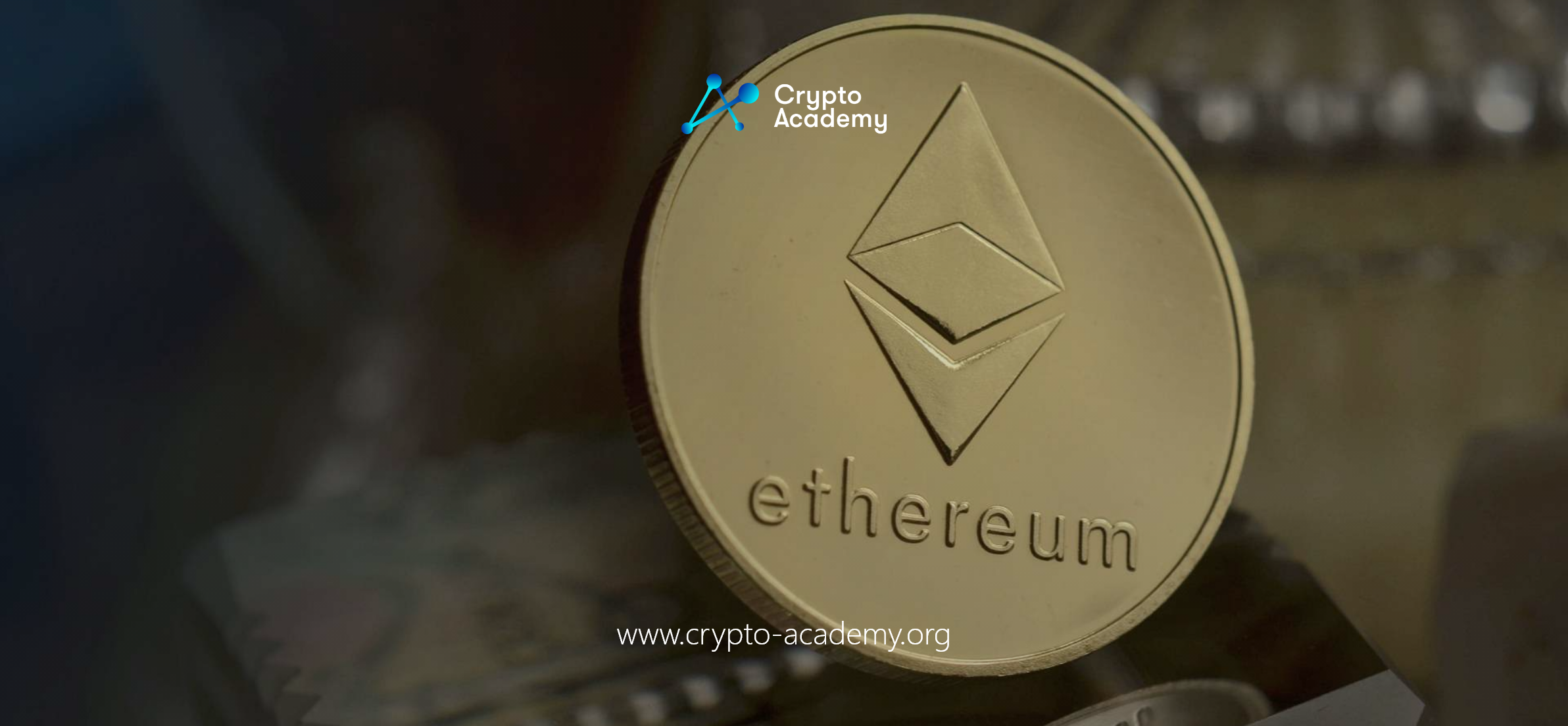Ethereum’s Validator Queue Surpasses 9,000 Amid Restaking Surge

As Ethereum’s price reaches the $3,000 mark, an influx of nearly 9,000 validators is positioning themselves to join the network, signaling a potential rise in the total validator count to one million by the time of Bitcoin’s halving in April. This surge is largely fueled by the growing interest in restaking, a practice that could redefine earning potentials within the cryptocurrency space.
Exploring the Validator Queue
Data from Beaconcha.in, a prominent Ethereum Explorer, highlights the current queue of 8,799 validators aiming to contribute to the network’s security and integrity. These additions are expected to bolster the total number of validators to nearly one million, with none showing intentions of departure. This unprecedented interest underscores the network’s robustness and the attractive prospects of Ethereum staking.
In recent developments, Ethereum’s staking mechanism witnessed a remarkable accumulation of $1.24 billion worth of ETH. This period also saw the integration of 12,741 nodes, escalating the active validator count to 945,647. Such growth is indicative of Ethereum’s solidifying position in the crypto market, particularly after its transition to a proof-of-stake (PoS) consensus through the 2022 Ethereum merge. This shift from proof-of-work (PoW) not only enhanced network efficiency but also introduced a staking model, allowing validators to commit 32 ETH for network validation and reward generation.
The Rise of Restaking
The concept of restaking is gaining momentum, driven by its potential to amplify returns on staked ETH. This process involves reinvesting ETH already staked in liquid staking protocols, such as Lido Finance, into additional middleware solutions, thereby layering yields. This strategy is becoming increasingly popular among investors seeking to maximize their earnings in the evolving crypto landscape.
“Restaking is a form of staking that enables you to stake your ETH again. So if you had already staked your Ethereum in a liquid staking protocol like Lido, you can take that staked ETH and stake it in another middleware solution which gives you additional yield, so you’re essentially stacking yield on top of yield,” Deutscher said.
Restaking emerges as a lucrative opportunity, particularly in light of the standard staking contract by Ethereum, which offers an annual yield of about 4%. For those lacking the requisite amount for direct staking, pooling resources in a staking pool presents an accessible alternative to accrue rewards. Furthermore, institutional participants can facilitate ETH staking for clients across multiple nodes, simplifying the process for individual stakeholders while securing a fraction of the rewards as service fees.

Comments are closed.